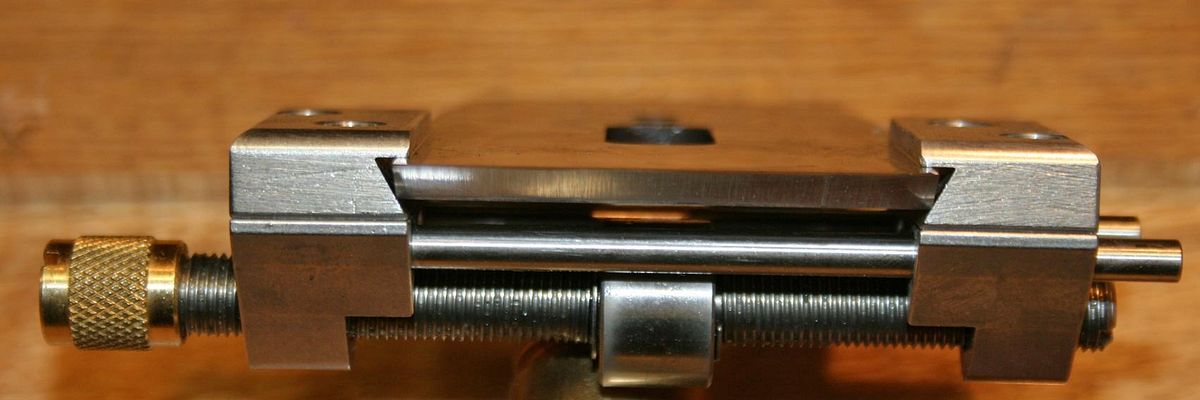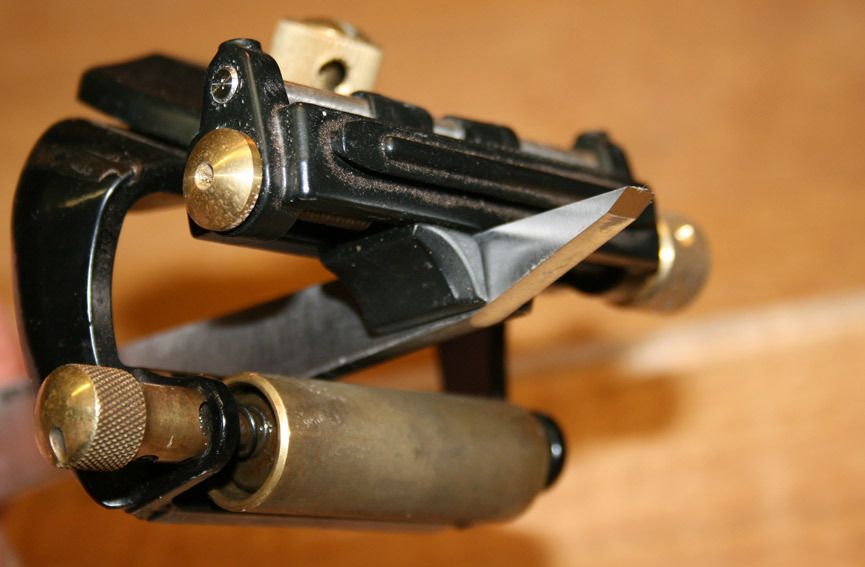SlowSteve
Established Member
Hi,
Is there a "done thing" when it comes to sharpening shoulder plane blades? As far as I can tell, I need to keep the two edges at precisely 90 degrees to get the best use out of it - this seems to add a new layer of complexity.
I am pretty awful at hand sharpening, so would prefer a jig of some sort. Thats easy for the main blade, but will wreck the shoulder blade - so do I sharpen the main blade first with a jig and then just do my best with the shoulder?
Also - as the shoulder needs to sit dead onto the haunch of the plane, there is going to be a point where the shoulders are sharpened to a point where they don't contact the wood. So.... do I need to think about shoulder plane blades as something that I need to replace every few years of sharpening?
Is there a "done thing" when it comes to sharpening shoulder plane blades? As far as I can tell, I need to keep the two edges at precisely 90 degrees to get the best use out of it - this seems to add a new layer of complexity.
I am pretty awful at hand sharpening, so would prefer a jig of some sort. Thats easy for the main blade, but will wreck the shoulder blade - so do I sharpen the main blade first with a jig and then just do my best with the shoulder?
Also - as the shoulder needs to sit dead onto the haunch of the plane, there is going to be a point where the shoulders are sharpened to a point where they don't contact the wood. So.... do I need to think about shoulder plane blades as something that I need to replace every few years of sharpening?



































